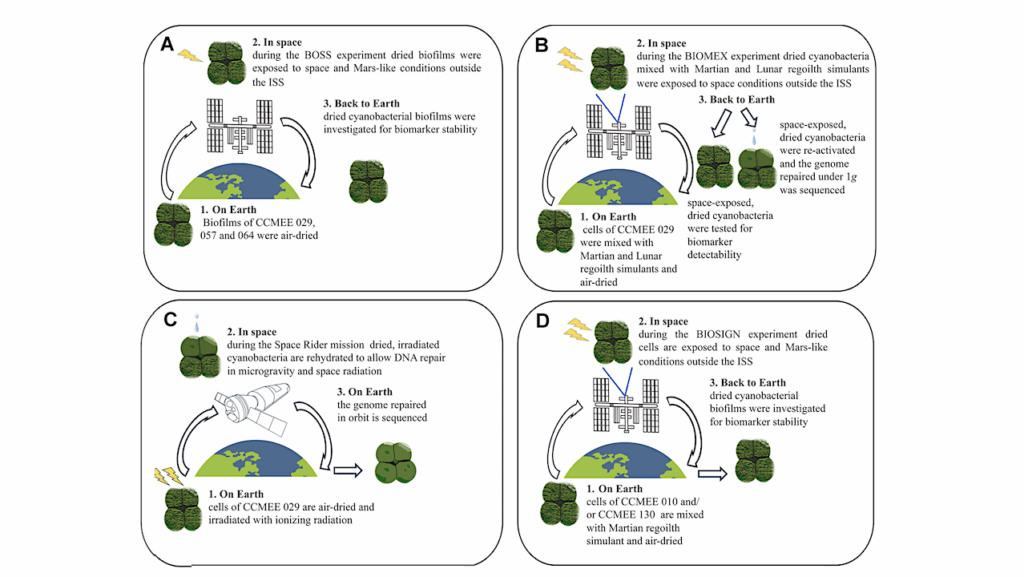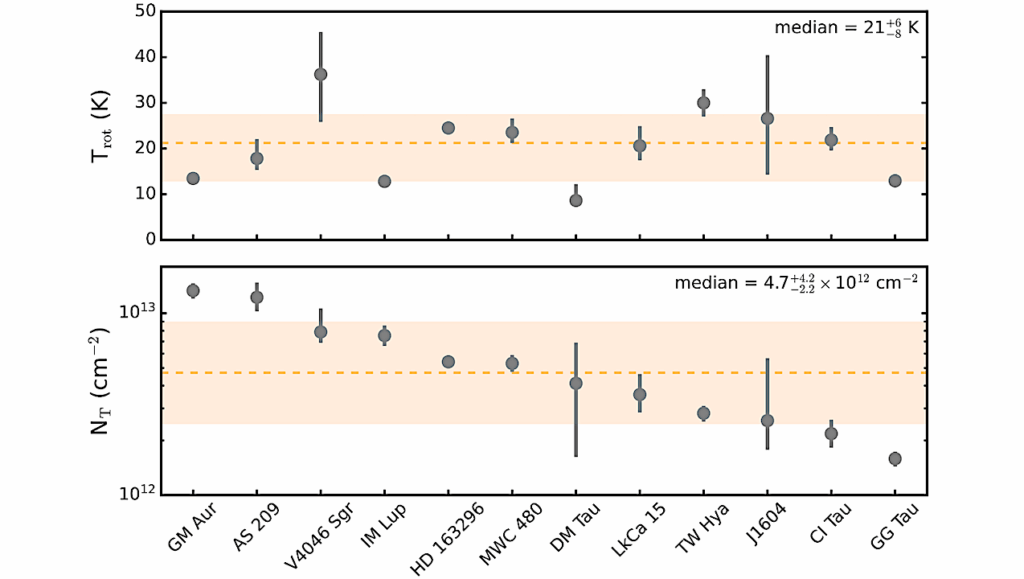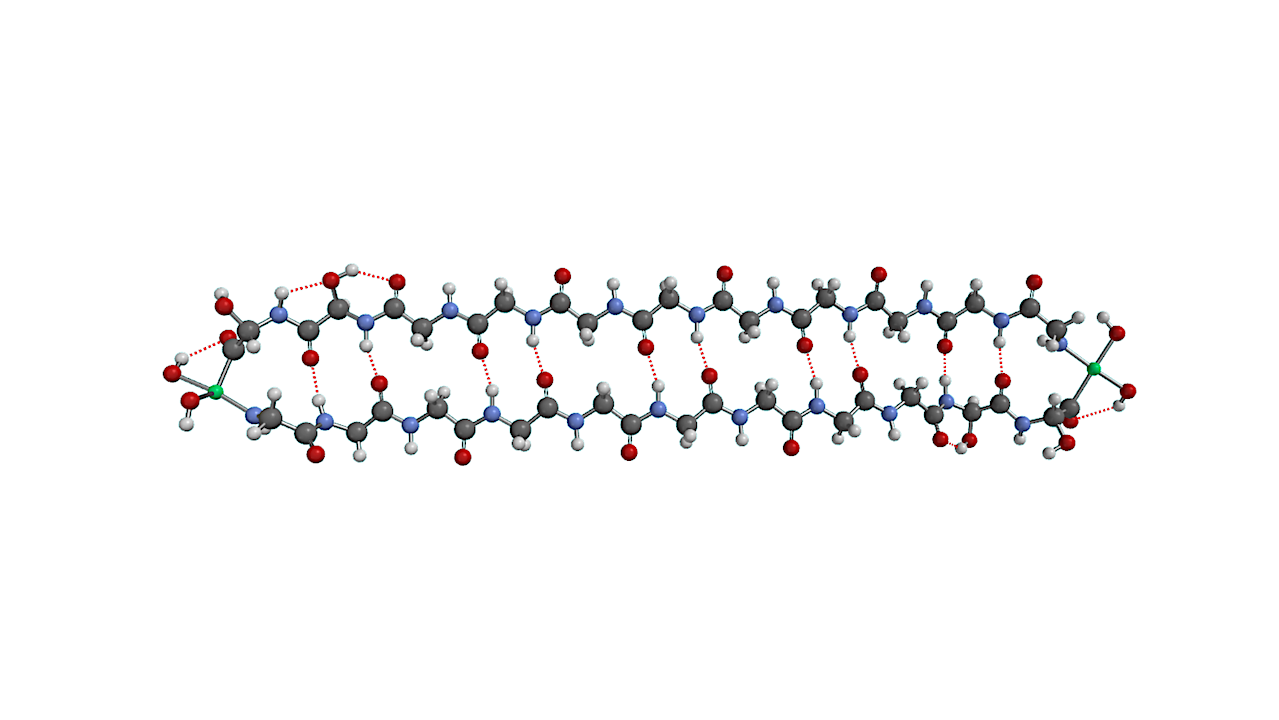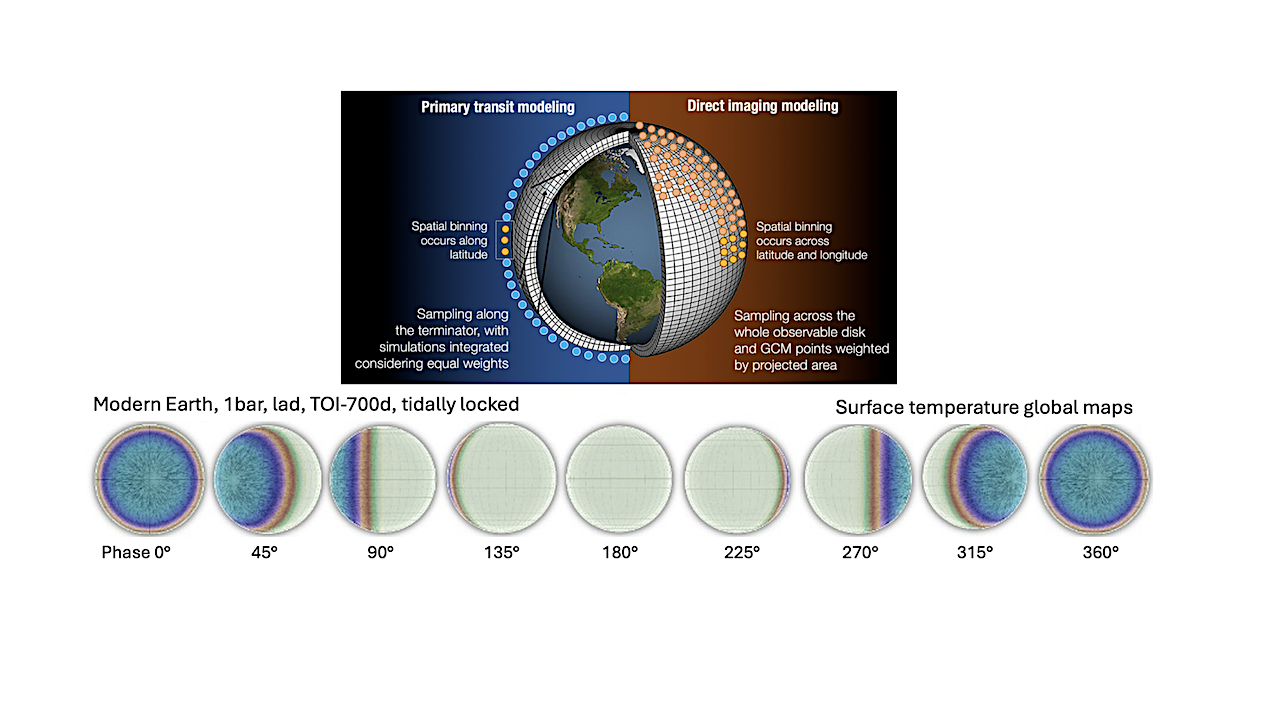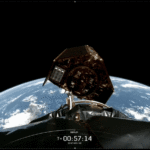Now Reading: Detailed Architecture Of The L 98-59 System And Confirmation Of A Fifth Planet In The Habitable Zone
-
01
Detailed Architecture Of The L 98-59 System And Confirmation Of A Fifth Planet In The Habitable Zone
Detailed Architecture Of The L 98-59 System And Confirmation Of A Fifth Planet In The Habitable Zone
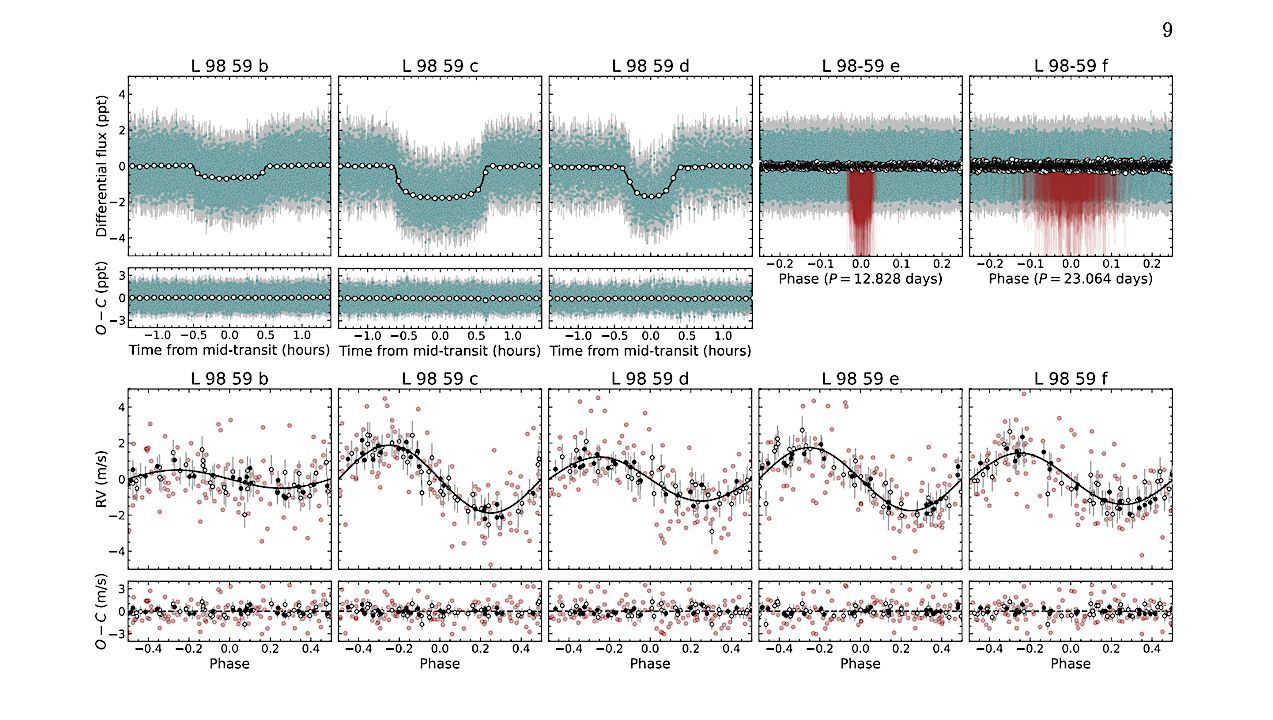

Family portrait of the five planets in the L 98-59 system showing their transit (or absence of transit) observed by TESS in the top panels and their Doppler signature from HARPS (red circles) and ESPRESSO (white/black circles for pre/post data) in the bottom panels. Only the error bars for ESPRESSO are shown to improve visibility. Black curves represent best-fit models from the transit analysis (top) and joint RV–TTV fit (bottom, using fixed orbital inclinations, see Sect. 4.5). For L 98- 59 e and f, 1000 predicted transit curves are shown in red using posterior samples from the RV–TTV fit and radii estimated from their minimum masses using spright (Parviainen et al. 2024). Planets e and f do not transit L 98-59. — astro-ph.EP
The L 98-59 system, identified by TESS in 2019, features three transiting exoplanets in compact orbits of 2.253, 3.691, and 7.451 days around an M3V star, with an outer 12.83-day non-transiting planet confirmed in 2021 using ESPRESSO.
The planets exhibit a diverse range of sizes (0.8-1.6 R⊕), masses (0.5-3 M⊕), and likely compositions (Earth-like to possibly water-rich), prompting atmospheric characterization studies with HST and JWST.
Here, we analyze 16 new TESS sectors and improve radial velocity (RV) precision of archival ESPRESSO and HARPS data using a line-by-line framework, enabling stellar activity detrending via a novel differential temperature indicator. We refine the radii of L 98-59 b, c, and d to 0.837 ± 0.019 R⊕, 1.329 ± 0.029 R⊕, 1.627 ± 0.041 R⊕, respectively. Combining RVs with transit timing variations (TTV) of L 98-59 c and d from TESS and JWST provides unprecedented constraints on the masses and eccentricities of the planets.
We report updated masses of 0.46 ± 0.11 M⊕ for b, 2.00 ± 0.13 M⊕ for c, and 1.64 ± 0.07 M⊕ for d, and a minimum mass of 2.82 ± 0.19 M⊕ for e. We additionally confirm L 98-59 f, a non-transiting super-Earth with a minimal mass of 2.80 ± 0.30 M⊕ on a 23.06-day orbit inside the Habitable Zone. The TTVs of L 98-59 c and d (<3 min, PTTV=396 days) constrain the eccentricities of all planets to near-circular orbits (e≲0.04).
An internal structure analysis of the transiting planets reveals increasing water-mass fractions (fH2O) with orbital distance, reaching fH2O≈0.16 for L 98-59 d. We predict eccentricity-induced tidal heating in L 98-59 b with heat fluxes comparable to those of Io, potentially driving volcanic activity.

Top: Above view of the L 98-59 planetary system on BJD = 2 460 000 assuming circular orbits. The line of sight towards Earth is to the right. The Habitable Zone defined in Kopparapu et al. 2013 is shown in green for runaway/maximum greenhouse (conservative) and pale green for early recent Venus/early Mars (optimistic). Bottom: Comparative exoplanetology of M-dwarf multiplanetary systems ordered by stellar effective temperature and planetary instellation. An arbitrary shift of +100 K in Teff has been applied to TOI-700 and Teegarden’s star for clarity. In both panels, transiting (non-transiting) exoplanets are shown as filled (open) circles, with circle size proportional to planetary radius. For planets with only a minimum mass constraint, the radius is set to the 95th percentile of the prediction from spright (Parviainen et al. 2024). — astro-ph.EP
Charles Cadieux, Alexandrine L’Heureux, Caroline Piaulet-Ghorayeb, René Doyon, Étienne Artigau, Neil J. Cook, Louis-Philippe Coulombe, Pierre-Alexis Roy, David Lafrenière, Pierrot Lamontagne, Michael Radica, Björn Benneke, Eva-Maria Ahrer, Drew Weisserman, Ryan Cloutier
Comments: 32 pages, 12 figures, 8 tables, accepted for publication in AJ
Subjects: Earth and Planetary Astrophysics (astro-ph.EP)
Cite as: arXiv:2507.09343 [astro-ph.EP] (or arXiv:2507.09343v1 [astro-ph.EP] for this version)
https://doi.org/10.48550/arXiv.2507.09343
Focus to learn more
Submission history
From: Charles Cadieux
[v1] Sat, 12 Jul 2025 16:43:07 UTC (9,235 KB)
https://arxiv.org/abs/2507.09343
Astrobiology,
Stay Informed With the Latest & Most Important News
Previous Post
Next Post
-
 012024 in Review: Highlights from NASA in Silicon Valley
012024 in Review: Highlights from NASA in Silicon Valley -
 02Panasonic Leica Summilux DG 15mm f/1.7 ASPH review
02Panasonic Leica Summilux DG 15mm f/1.7 ASPH review -
 03How New NASA, India Earth Satellite NISAR Will See Earth
03How New NASA, India Earth Satellite NISAR Will See Earth -
 04And Thus Begins A New Year For Life On Earth
04And Thus Begins A New Year For Life On Earth -
 05Astronomy Activation Ambassadors: A New Era
05Astronomy Activation Ambassadors: A New Era -
06SpaceX launch surge helps set new global launch record in 2024
-
 07Space Force plans new ‘Futures Command’ amid pressure to speed up modernization
07Space Force plans new ‘Futures Command’ amid pressure to speed up modernization












